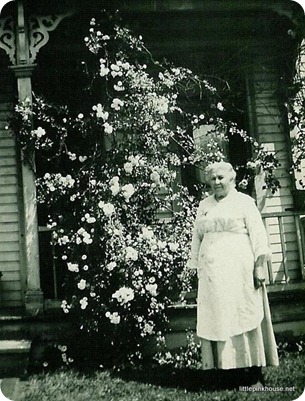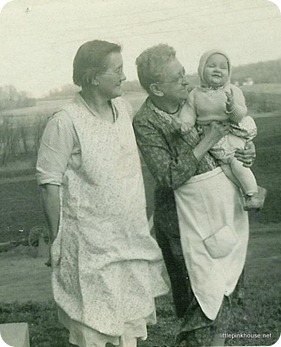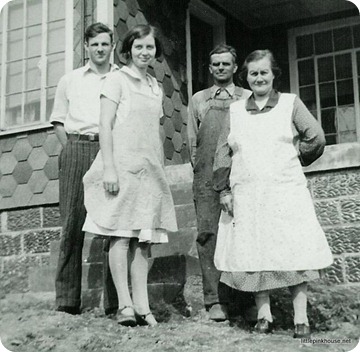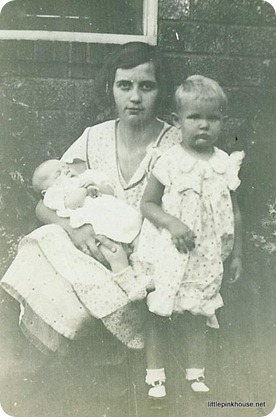Vintage Aprons
(This post contains affiliate links. Read my full disclosure.)
“She was wearing high-heeled shoes with a little white apron over a pink calico dress, and carrying a big plate of steaming flapjacks. Every move she made was quick and perky, like a sparrow’s.”
–The Home Ranch by Ralph Moody, page 31
Hair ribbons. Aprons. They lend beauty to the ordinary, everyday tasks of dishes and dusting. They make it easier to have a spring in my step as I go about the same housewifely rituals I know must-needs be done again tomorrow. There’s something about these little touches of femininity that make me feel like I’ve stepped out of Little Women or Little House on the Prairie.
Maybe it’s because mention of aprons is almost as ordinary as a comma in a story of yesteryear. They carried wood chips, and ears of corn, they housed dolls and chicks. They were used to hold hot pans and hide a surprise. They were thrown up over the face to hide tears or embarrassment as often as they were brought back down to reveal a wet face shining with joy. They were even used as a coif for one’s hair, as well as included in the last will and testament of a certain Miss Amy March.
And of course, there was the time Mabel was making an apron as a gift for Miss Gibson and sewed it right to her pinafore…

“Ma…declared that she was going to be presentable if it did take five aprons in a day to do it!”
–In Grandma’s Attic by Arleta Richardson, page 33

Ma and Carrie and Grace changed at once into their everyday dresses, but Laura did not want to. She asked, “May I keep my Sunday dress on, Ma? if I wear my big apron and am very careful?”
“You may if you want to,” Ma gave permission. “No reason that anything should happen to your dress if you take care.”
–These Happy Golden Years, by Laura Ingalls Wilder, page 219-220

Pa got enough calico to make Ma a new apron. Ma said:
“Oh, no, Charles, I don’t really need it.”But Pa laughed and said she must pick it out, or he would get her the turkey red piece with the big yellow pattern. Ma smiled and flushed pink, and she picked out a pattern of rosebuds and leaves on a soft, fawn-colored ground.
–Little House in the Big Woods by Laura Ingalls Wilder, page 140

“With her pretty hair tucked into a little cap, arms bare to the elbow, and a checked apron which had a coquettish look in spite of the bib, the young housewife fell to work, feeling no doubts about her success…”
–Good Wives by Louisa May Alcott, page 39



Subscribe below to receive my blog posts in your inbox:
Spam is only good in WWII books; I promise I won’t sell your email address.